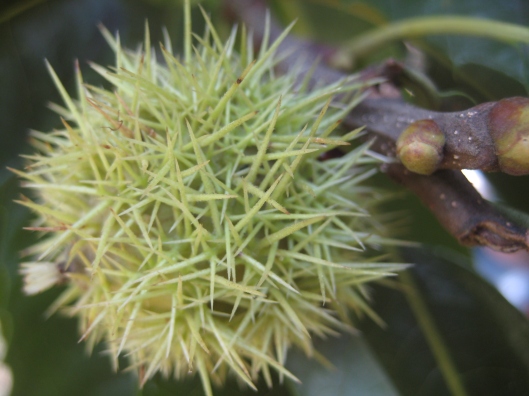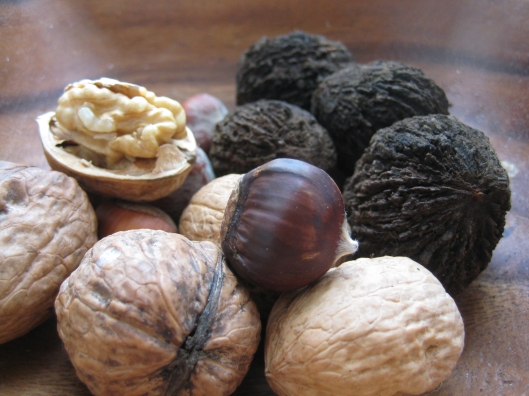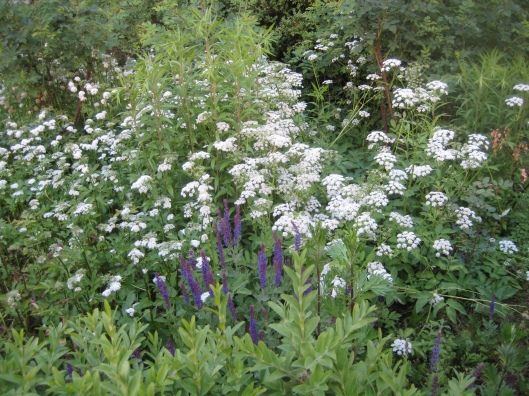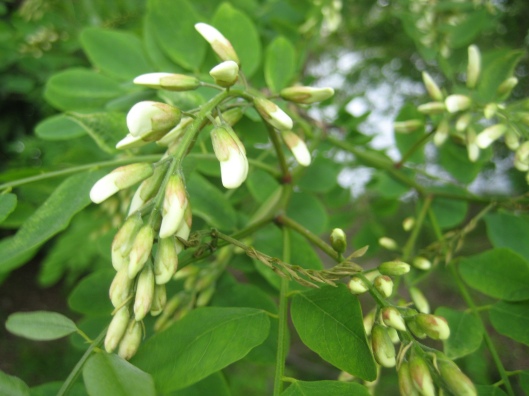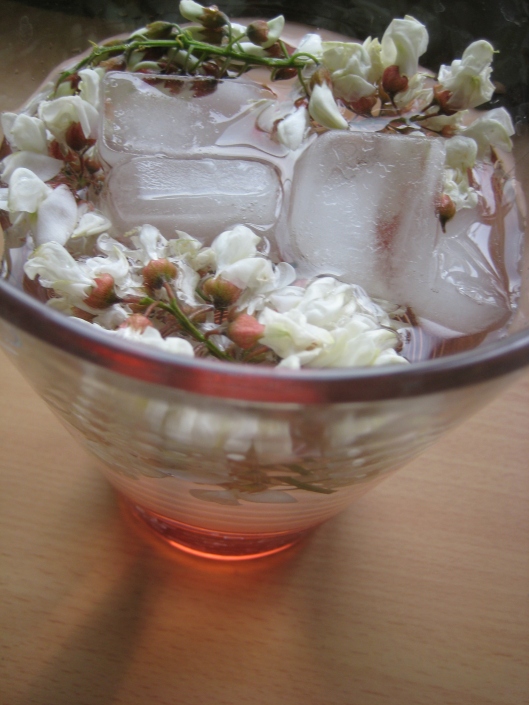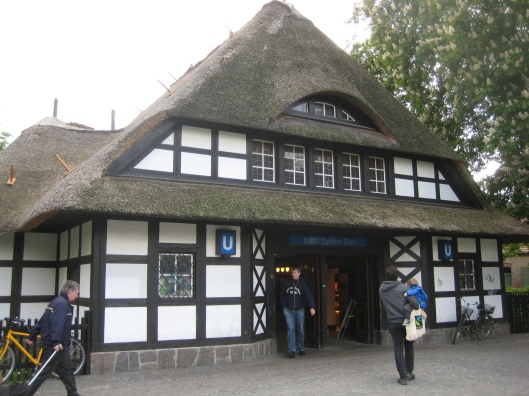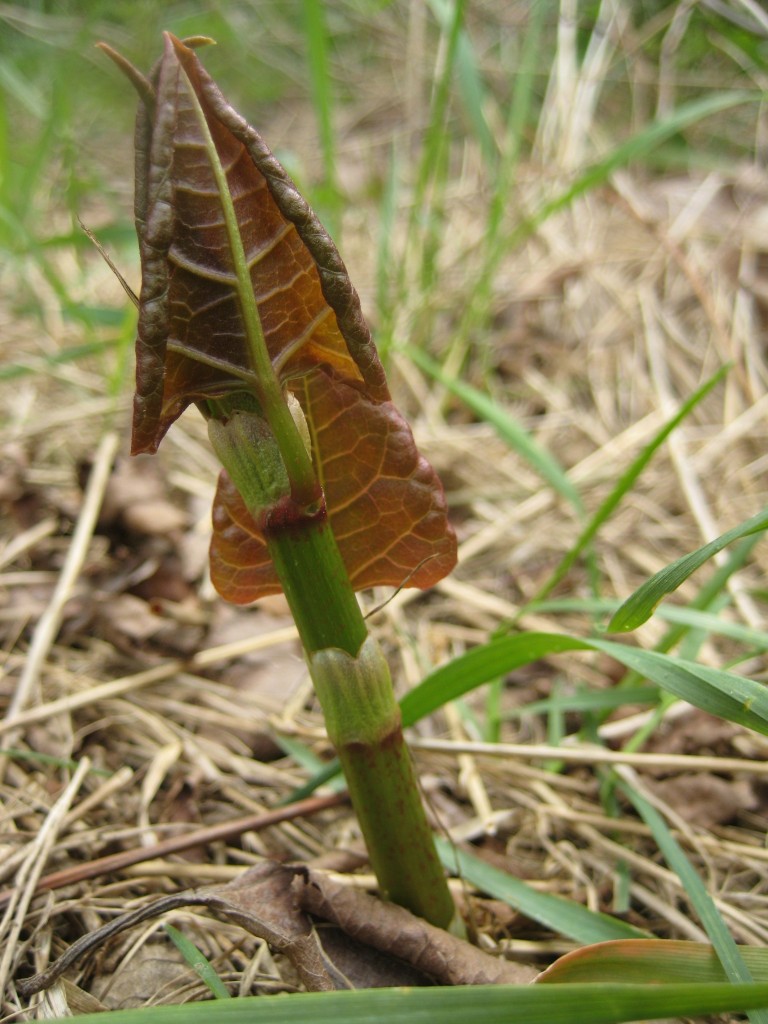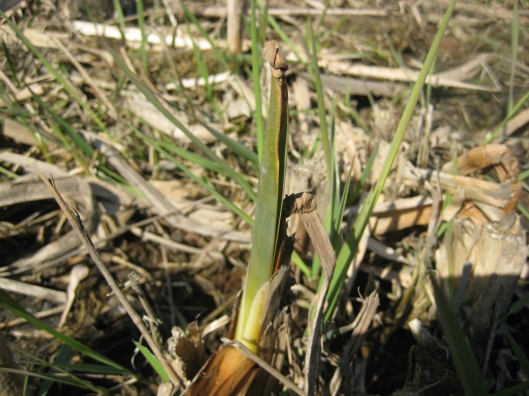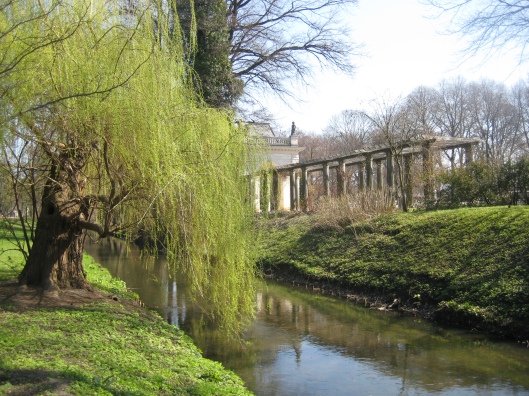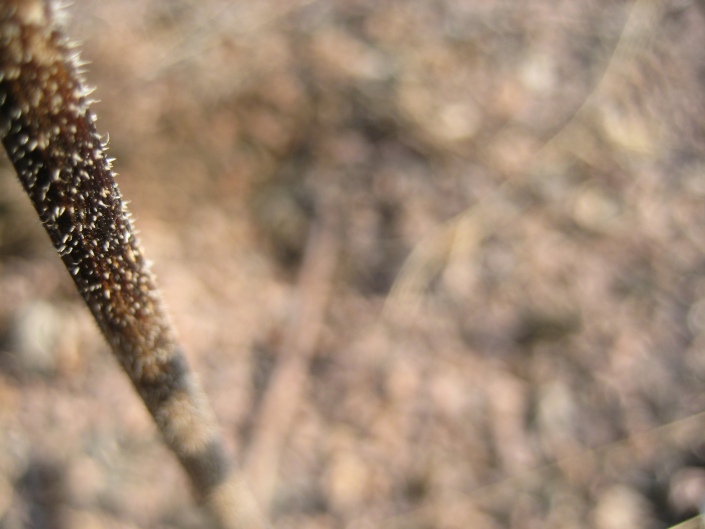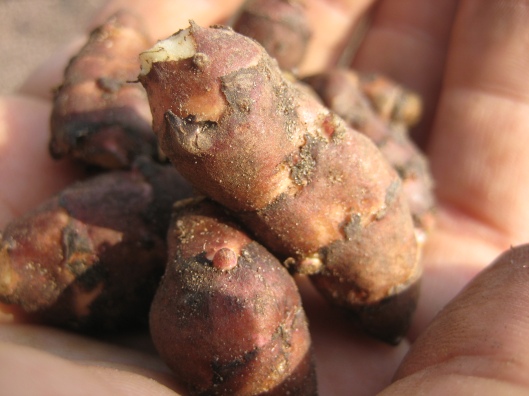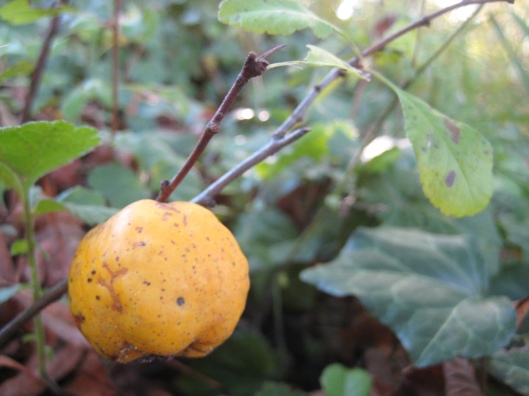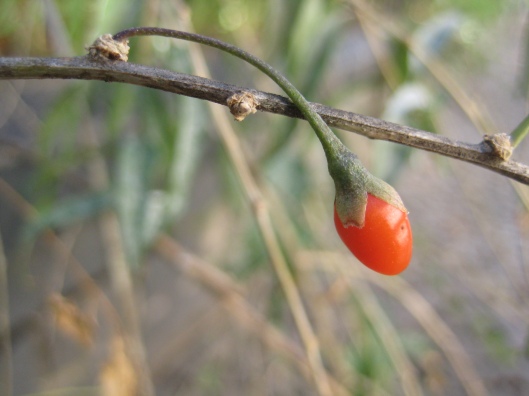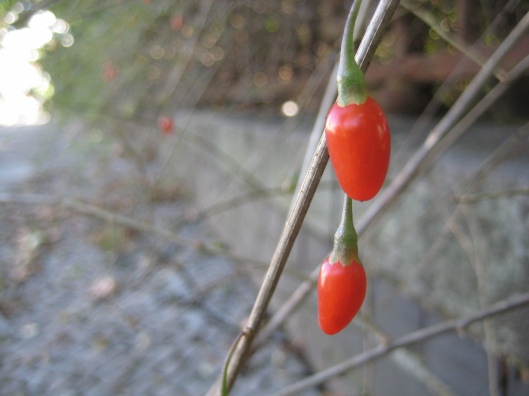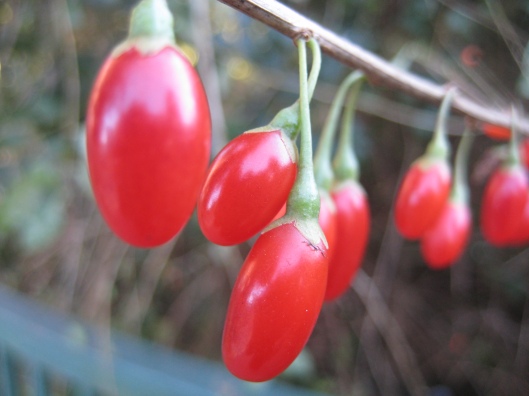Tags
antioxidants, barnim, berlin surroundings, blueberries, foraging, late summer, nature, shrub, superfruit
It’s been a wonderful summer in Berlin, filled with warm days and enough rain to keep everyone happy. Although we haven’t posted in a long time, our foraging excursions are still thriving on our botanical curiosity and are prodding us into the lush green spaces in and around the city. Today we will focus on a classic foraging activity that has deep cultural roots in Germany and Northern Europe, namely picking wild blueberries.
In Germany, picking mushrooms, nuts and berries is an exciting pastime for many nature lovers. Indeed, local laws guarantee the right to gather small amounts of nuts, mushrooms and berries in the forests surrounding Berlin. Still, picking European blueberries (Vaccinium myrtillum), or Heidelbeeren as they are known in German, is viewed with suspicion due to widespread but irrational fears of echinococcal disease. Known as the “Fuchsbandwurm” in German, this nasty tapeworm lives in foxes, mice, dogs and unlucky humans. A faulty belief that tapeworm eggs from wandering foxes stick to the surface of low-hanging berries and infect hapless foragers persists even among educated German foragers. Dear readers, this means only one thing: more blueberries for us and all informed, intrepid foragers around Berlin! Blueberry season is now coming to an end but at its height in late July the only limiting factor for the novice forager is the slow picking process. To solve this problem, clever Northern Europeans invented what is known in German as the Heidelbeerkamm or the blueberry comb which, true to its name, greatly reduces the effort of actually picking the berries by hand. Still, if improperly used the comb can damage the shrubs and might make it easy to go overboard in terms of quantities of berries picked. Wild blueberries around Berlin do look similar to American species, but there are crucial differences to keep in mind when foraging in the woods. For example, if you are used to picking northern highbush blueberries (Vaccinium corymbosum) in the eastern United States you may completely miss the blueberries growing all over the forests around Berlin: they are much shorter and lower to the ground than their American counterparts!
By now everyone knows that blueberries belong to the exclusive, but abused category of “superfoods”. European blueberries have the same health benefits as their cultivated relatives with the additional benefit of tasting a lot better. They are chock-full of antioxidants and, in particular, contain higher concentrations of anthocyanin than other type of berries. For a thorough review of the medicinal properties of the European blueberry please see here.
European blueberries prefer highly acidic soil and the sandy soil of the coniferous forests of Barnim (north of Berlin) provides an ideal habitat for their growth. Our favorite spots are in the forests next to Birkenwerder and Bernau (on the S1 line). The blueberry shrubs often create dense patches that cover large parts of the forests. They are quite common in the area, so if you hurry up there may still be some berries hanging!




